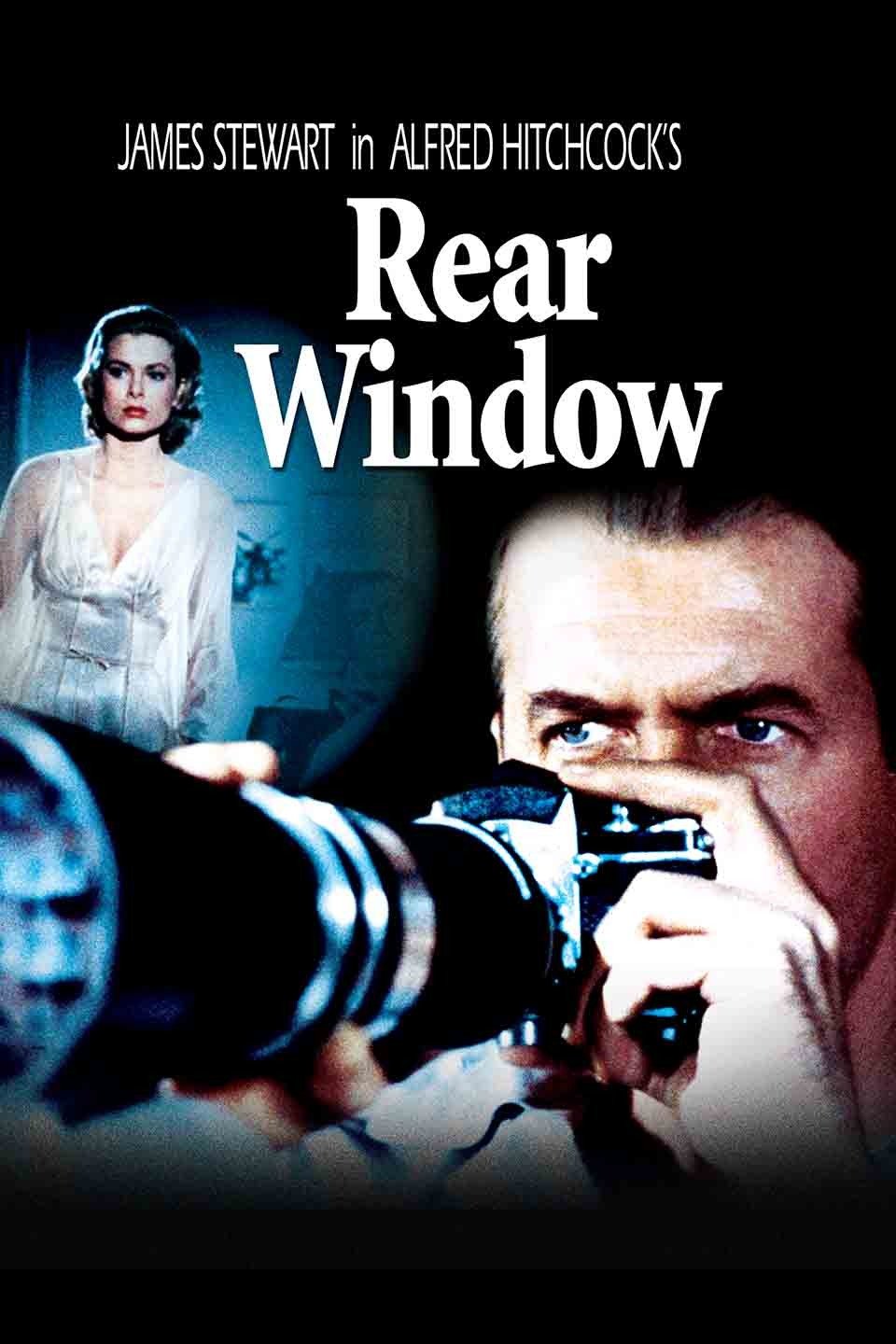 One of our quarantine pastimes has been watching old movies. Just recently, we saw Alfred Hitchcock’s 1954 classic “Rear Window”, starring Jimmy Stewart and Grace Kelly. With those three movie giants, it was bound to be good.
One of our quarantine pastimes has been watching old movies. Just recently, we saw Alfred Hitchcock’s 1954 classic “Rear Window”, starring Jimmy Stewart and Grace Kelly. With those three movie giants, it was bound to be good.
Stewart’s character is essentially quarantined in his apartment for weeks with a broken leg, while his possible fiancé (Kelly) visits him often. (She never stays – this is the 50s, after all.) His boredom and his experience as a photographer (and the lack of air-conditioning – the 50s again) draw him into observing all kinds of interesting and varied scenes in the apartment complex surrounding the courtyard space outside and below his window. He is soon convinced he has witnessed a murder in one of the apartments, and all parties are rapidly drawn into the deeper twists and turns that only a Hitchcock movie can provide.
Lately I have begun to identify with early parts of that movie. I have no broken leg, but these days we have all been more/less quarantined to our ‘apartments’ by a malady that’s even worse. And, as I’ve watched some events unfold in my own educational ‘courtyard’ of education during these times, I notice they’ve begun to take on – at least for me – some intriguing mystery of their own.
For me, the mystery lies in wondering how some of these happenings could change the very courtyard itself as we move into the future. As Rear Window ends, the audience gets a brief re-visit to the early movie views to see how they’ve changed. Likewise, I’m increasingly curious to see the directions these current quarantine adventures will take.
Here’s a quick look at some of my own ‘Rear Window’ views, and how they might affect the future:
View #1: Learning at Home
We examined this last time, but I continue to wonder how being forced into home-school situations now might translate into altered experiences later. Will respect for teachers and their jobs increase? Will parents better understand the true nature of authentic learning? Will the tools of technology be viewed with a broader perspective? How – if any – will students themselves be changed when they return?
View #2: Online Learning in General
Until very recently, a local liberal arts college emphatically and proudly ignored any forms of online learning. Then, after the recent spring break, their faculty was given one week (!) to translate and prepare anything and everything they do for online delivery to students at home. How, for example, will this college, its faculty, and its students be changed when the current crisis passes?
In general, online learning has some distinct pros and some inescapable cons at every educational level. Will the general urgent necessity of it during this time lead to more creative and efficient uses of it as ‘new normal’ classes emerge and develop into the future?
View #3: Possible Long-Term Substantive Changes
Beloit College, a small liberal arts institution in Wisconsin has already begun planning for two 7-week modules in the Fall. Each module will have fewer classes, and the plan will provide more flexibility for the college and students should the current crisis continue, or new episodes develop. Moreover, Beloit is beginning to explore the idea that this might be a good model for course delivery into the future, even after Covid19 finally exits the stage.
It is these last thoughts that intrigue me the most. What other changes might institutions of learning at all levels begin to make out of ‘right-now-necessity’ that turn into ‘mother-of-invention’ ideas going forward? Perhaps some of these rear-window views will become forward-looking solutions of the future.


Comments are closed